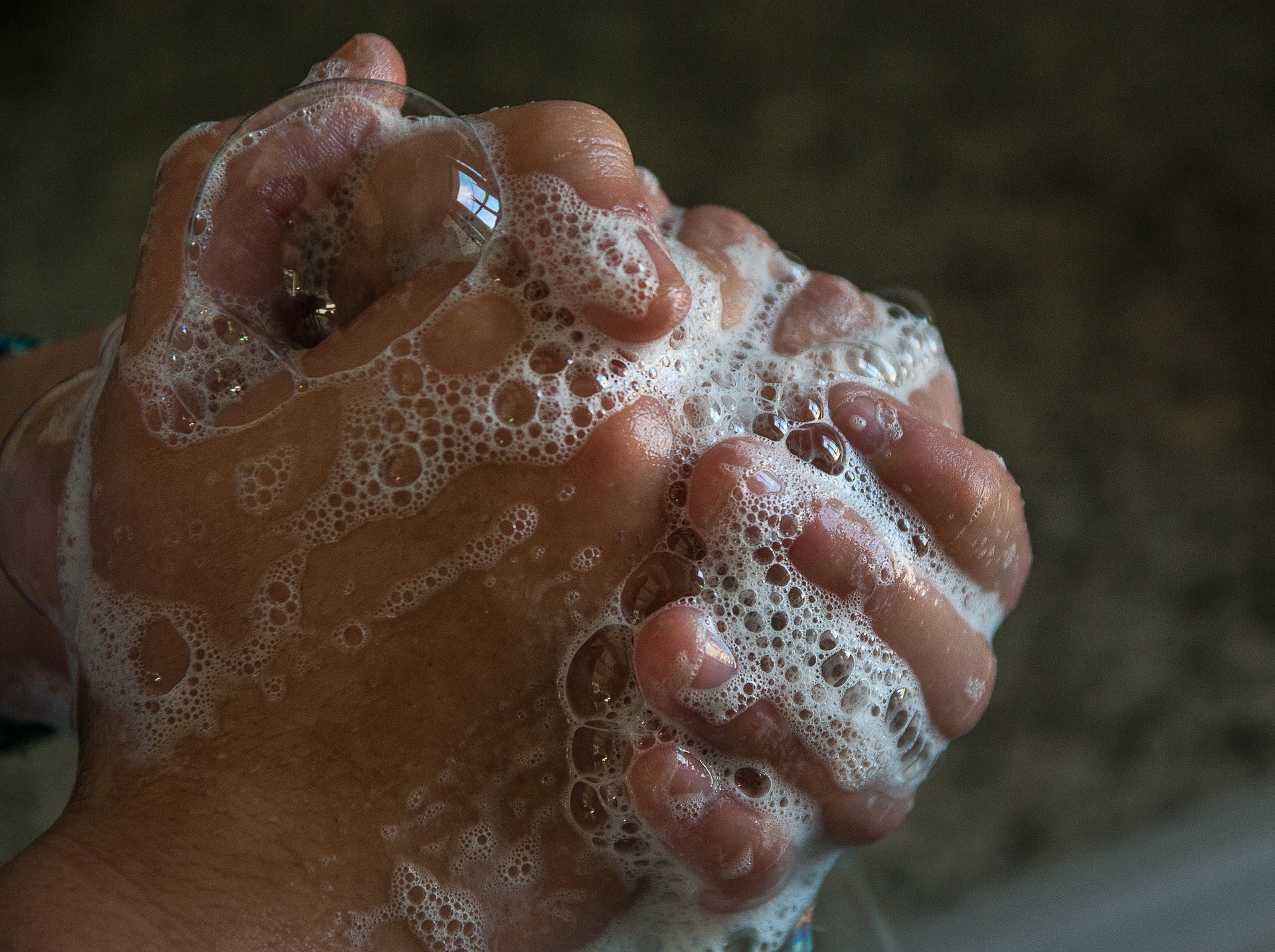Researchers developed a new color-coded visual tool called Infection Risk Scan, or IRIS, which is set to make it easier for healthcare workers to measure in which areas a hospital complies with guidelines and where it needs to implement measures to improve infection control and the use antimicrobial therapies, according to research presented at the 28th European Congress of Clinical Microbiology and Infectious Diseases (ECCMID).
Dr. Ina Willemsen, presenting author, and her team of researchers looked at several variables in care and compared them to local quality standards and data. These variables included hand hygiene, environmental contamination, healthcare workers’ personal hygiene, appropriate use of antibiotics and any transmission of antibiotic-resistant gram-negative bacteria, such as Klebsiella spp. or Escherichia coli (E. coli). From this, the risk factors were displayed as an image that shows patient-related risks and any factors that can be controlled by healthcare workers.
“Infection control needs user-friendly standardized instruments to measure the compliance to guidelines and to implement improvement actions,” Willemsen says. “The IRIS method provides a multifactorial tool ensuring transparency in the infection control practices and outcomes. Repeated use of the IRIS makes it possible to monitor outcome and offers opportunities for targeted adjustment where needed. This results in a plan-do-check-act (PDCA) quality cycle in infection control.”
Over three years, Willemsen’s team conducted four consecutive IRIS in five wards of a Dutch hospital. All wards improved hand hygiene compliance, increasing to 68 percent overall from 43 percent. Environmental contamination, which was evaluated using adenosine triphosphate measurements, improved but could not be sustained. Personal hygiene was already good and was sustained over the observation period. The appropriate use of antibiotics did not improve despite researchers having identified clear places for improvement, however no changes were implemented. And finally, researchers noted only one instance of drug resistant bacteria transmission involving two patients.

In the next two years, IRIS will be implemented in nine hospitals and 40 nursing homes in the Dutch/Belgium border area. In addition to this research, Willemsen also explored whether this model could be useful in comparing the quality of infection control programmes between hospitals and between hospitals in different health systems. To that end they compared IRIS results from a hospital in the Netherlands and one in the United States.
The same variables were used to determine the levels of infection control and antimicrobial use as described above. Willemsen’s team compared the U.S. results with the Dutch guidelines and vice versa.
The hospitals varied greatly in their approach to antimicrobial therapy. Narrow-spectrum antimicrobials are used in the Netherlands whereas in the United States, guidelines call for broad-spectrum antimicrobials. There was also a large difference in environmental contamination levels, with the higher levels being found in the Dutch hospital. Personal hygiene practices differ as well, for instance, national guidelines forbid the wearing of jewellery in the Dutch hospital.
“The standards and guidelines in the two hospitals showed substantial differences, which makes it impossible to compare the level of quality of infection control and antimicrobial use in the two hospitals in different countries with different national guidelines,” Willemsen says. “More evidence-based standardization of guidelines around the globe is needed to allow international comparisons of the standard of care.”




